The modern home buyer is not just purchasing a structure of wood, drywall, and nails. They are investing in a lifestyle, a community, and a tangible piece of their future. For them, a house is the backdrop for life’s most important moments. As one of the many home builders competing for their attention, your marketing cannot simply list features like square footage or the type of granite you use. This is the old way of thinking. The new landscape requires a deeper connection.
Your brand story is the foundation of that investment. Many technically excellent home builders fail to stand out because their marketing talks about what they build, not why they build it. They focus on the features, not the narrative that builds trust and creates desire.
This guide moves past theory and provides a clear, data backed method for home builders to construct a powerful brand story. A story that connects with the right clients, improves the quality of your leads, and sets you apart as a leader in your market. For home builders looking to thrive, mastering your story is no longer optional.
Deconstructing the Concept: What is Brand Storytelling in the Construction Context?
In its very essence, brand storytelling is the art of creating a cohesive narrative around your business. It is not a mission statement that hangs on an office wall or a catchy slogan. It is the story that weaves together your company’s history, your deeply held values, your team’s expertise, and your vision for the future. For home builders, this story answers the most critical question in a potential client’s mind: “Why should I trust you to build my family’s most important and expensive asset?”
Think of it this way. Marketing is very different from storytelling. Let’s break down the difference for home builders.
- Marketing is about promotion. It often broadcasts what you sell. An ad might say, “We build 4 bedroom homes with granite countertops and stainless steel appliances.” This is information. It is logical and appeals to the part of the brain that makes lists and compares features. Many home builders stop here.
- Storytelling is about connection. It communicates who you are and what you believe in. A story might say, “We are a third generation family of home builders dedicated to creating energy efficient, sustainable homes for other growing families in our community.” This is a narrative. It is emotional and appeals to the part of the brain that handles trust, loyalty, and decision making.
While traditional marketing is still necessary, it is the story that makes a client feel something. It is what makes them remember you over the ten other home builders they researched online. The impact of a strong story shows up directly in your business results. We call these results Key Performance Indicators, or KPIs. A good story can directly improve your brand recall, meaning people remember your name. It boosts lead conversion rates, turning more website visitors into actual clients.6 It can even increase the client lifetime value, as happy clients who feel connected to your brand are more likely to refer their friends and family. This referral network is a powerful growth engine for all home builders.
The Foundation of Trust: Why Storytelling is Non-Negotiable for Home Builders

For most people, buying a home is the biggest financial decision they will ever make. It is a high stakes choice filled with both excitement and anxiety. In this environment, trust is the single most important factor that leads to a sale. You can have the best floor plans and the most competitive prices, but if a potential buyer does not trust you, they will not sign a contract. Storytelling is your most effective tool for building that trust at scale. Many home builders are only focused on the technical aspects of the build, but the client journey starts long before the first shovel hits the ground.
Your story is also your greatest differentiator. In any given local market, home builders often face intense competition. Your competitors can eventually match your designs, offer similar materials, or build in the same neighborhoods. What they can never copy is your unique history. They cannot replicate your founder’s passion, your team’s shared commitment to quality, or your specific connection to the local community. These intangible elements, when woven into a compelling story, create a powerful brand that stands out. For modern home builders, this is the key to winning projects.
Furthermore, the demographics of home buyers are changing. Millennials and Gen Z now make up a huge portion of the market. These buyers were raised on the internet and are naturally skeptical of traditional advertising. They crave authenticity and want to do business with companies whose values align with their own. They care about sustainability, community impact, and the people behind the logo. Your brand story is the primary way to show them you are more than just another construction company. It is how you demonstrate that you share their values, making your company the obvious choice for them. Successful home builders understand this shift and are adapting their strategies.
Finally, a strong and consistent brand story has technical benefits for your online presence, particularly for Local Search Engine Optimization (SEO). Google’s goal is to provide the most relevant local results. When you consistently tell a story centered on your specific service area, featuring local projects, and highlighting your community involvement, you send strong signals to search engines that you are a prominent local entity. This can help you rank higher in local search results and on maps, making it easier for local customers to find you. The story you tell helps both people and search algorithms trust that you are a legitimate and authoritative choice in your area. This is a critical advantage for all home builders today.
The Architectural Elements of Your Brand Story

Just like a well built house, a strong brand story is made of several key structural elements. Each piece is important, and together they create a complete and compelling narrative. Home builders should think carefully about each of these four elements.
The Founder’s Narrative & Company Origin
Every business has an origin story. This is often the most human and relatable part of your entire brand. People are not inspired by corporations; they are inspired by the stories of other people. Do not be afraid to share yours. Ask yourself some simple questions to get started:
- Why did you start this business in the first place? Were you a carpenter who saw a need for better quality homes? Did you want to continue a family legacy?
- What problem did you set out to solve? Maybe you saw that other home builders were cutting corners, or that there was a lack of affordable, beautiful homes for first time buyers.
- What were the early days like? Sharing stories of early challenges and triumphs makes your journey relatable and your success more meaningful.
When you tell this story, be sure to include specific details and entities. Mention the town you started in. Talk about an early project that you are particularly proud of. Mention a mentor or an early employee who was critical to your success. These details make your story feel real and authentic, helping potential clients connect with the person behind the company. This human connection is a major advantage that smaller, local home builders have over large national corporations.
The “Why”: Your Core Mission and Values
Your mission and values are the “why” behind everything you do. This is your chance to tell the world what you stand for. However, many home builders fall into the trap of using generic and meaningless words like “quality,” “integrity,” and “customer service.” These words have been used so often that they have lost their impact. To make your values meaningful, you have to be specific and prove them with your actions.
Instead of saying you are committed to quality, tell a story that shows it. For example: “We are committed to unwavering quality. That is why our project manager, who has been with us for 15 years, personally walks every single home and completes a 200 point inspection before we hand over the keys.”
Instead of saying you value sustainability, quantify it. For example: “We believe in building for the future. Our commitment to energy efficiency means every home we build not only meets, but exceeds, the latest Energy Star ratings by an average of 15%. This saves our homeowners money and reduces our impact on the environment.”
This is your unique value proposition. It is the specific promise you make to your clients. Defining these core values gives your team a guiding star and shows your clients that you operate with purpose. Home builders with a clear “why” are more likely to attract clients who share their values.
The Craftsmanship & Process Story
This is where you get to show off your expertise and the skill of your team. Your clients may not understand the technical details of construction, but they can understand a story about dedication and care. Do not just tell them you have a great process; show them.
Detail what makes your building process different. Do you use a specific construction method that results in a more durable home? Do you source your materials from trusted local suppliers? Do you use a project management software that gives clients a transparent, real time view of their home’s progress? These are all parts of your story.
Your team is your greatest asset, so make them heroes in your narrative. Feature your key people on your website and social media. Share their stories, their years of experience, and their passion for their craft. A client will feel much more comfortable knowing their home is being built by a team of dedicated experts, not a faceless company. This builds a powerful sense of trust. Highlighting the human element is a strategy that all forward thinking home builders should adopt.
The Community Story
As a home builder, you are not just building houses; you are building neighborhoods. You are a permanent part of the community you serve. Your community story shows that you are invested in the local area beyond just your business interests.
Talk about how your work improves the community. Do you specialize in developing in certain towns or revitalizing specific neighborhoods? Tell that story. Talk about the parks you have built nearby or the schools your developments support.
Highlight your local connections. Do you make a point to hire local subcontractors and purchase from local suppliers? This shows you are investing back into the local economy. Do you sponsor the local little league team or participate in community charity events? Share these activities. Naming the specific towns, counties, and developments you serve is also great for your local SEO, as it reinforces your geographic relevance. Clients want to work with home builders who care about their community as much as they do.
Constructing the Narrative: Channels and Content Formats

Once you have defined the basic elements of your story, you need a plan to share it with the world. Your story should be woven into every single piece of your marketing. Consistency is key. Here are the most important channels and formats for home builders to use.
Your Website: The Digital Model Home
Your website is often the first impression a potential client has of your business. It needs to be more than just a digital brochure. It should be an immersive experience that tells your brand story from the moment someone lands on your homepage.
- About Us Page: This is the most important page for storytelling. Transform it from a boring company history into the heart of your brand. Include your founder’s story, introduce your key team members with professional photos and short bios, and clearly state your mission and values.
- Project Galleries: Do not just post a gallery of beautiful, finished photos. For each project, create a case study. Tell the client’s story (with their permission, of course). What was their vision? What challenges did they need to overcome? How did your team work with them to create their dream home? Before and after photos can be incredibly powerful here.
- Blog Content: Your blog is a perfect place to demonstrate your expertise and reinforce your values. Write articles that answer your clients’ biggest questions. For example, you could write about “The Top 5 Design Trends for Kitchens in [Your State]” or “A Home Builder’s Guide to Choosing the Right Windows for Energy Efficiency.” This provides value and builds your authority.
Video Storytelling: The Most Powerful Tool
Video is the most engaging form of content online. It allows you to combine visuals, music, and human voices to create a powerful emotional connection. For home builders, video is an absolute must.
- Brand Anthem Video: Create a professional, 2 to 3 minute video that serves as the cinematic overview of your “why.” This should feature your founder, your team, beautiful shots of your work, and testimonials from happy clients. Place this video prominently on your website’s homepage.
- Client Testimonial Videos: Written reviews are good, but video testimonials are better. Interview clients in their new, finished homes. Ask them to talk about their experience and the emotional journey of building a home with your team. These authentic stories are incredibly persuasive for potential buyers.
- “Meet the Builder/Team” Series: Create short, casual videos introducing your project managers, designers, and other key team members. This helps to humanize your company and show the friendly, expert faces behind the brand.
Social Media: Daily Storytelling Touchpoints
Social media is where you can tell your story in smaller, daily doses. It keeps your brand top of mind and allows you to engage directly with your community. Different platforms work best for different things.
- Instagram & Pinterest: These are highly visual platforms, perfect for home builders. Post high quality photos and videos of your finished homes, but also show the behind the scenes process. Use Instagram Stories to post daily progress shots from your job sites, introduce your subcontractors, or do quick Q&A sessions.
- Facebook: Use Facebook to build a community. Share your blog posts and videos, celebrate client milestones (like move in day!), and promote local events you are involved in. It is a great place to share longer client stories and connect on a personal level.
- Houzz: This platform is essential for home builders. It is part social network, part portfolio, and part review site. Create a professional profile, upload your best project photos, and actively encourage your clients to leave detailed reviews. These reviews are a form of user generated storytelling and are extremely influential.
The Physical Experience
Your brand story should not stop online. It needs to extend into every physical interaction a client has with your company.
- Model Homes: When you design a model home, think beyond just showing the space. Furnish and decorate it to tell the story of the ideal family that could live there. Create an atmosphere that allows buyers to emotionally project themselves into the home.
- Sales Center & Brochures: All of your printed materials, from brochures to business cards, should use the same visual style, logo, and messaging as your website.17 The language should reflect your brand’s personality and values. Your sales team should be experts in telling the company’s story, not just selling floor plans.
Measuring the ROI: Analytics for Brand Storytelling
Storytelling feels creative, but its success can and should be measured with data. Measuring the Return on Investment (ROI) helps you understand what is working and where you should focus your efforts. We can split the metrics into two types: leading indicators and lagging indicators.
Leading indicators measure awareness and engagement. They tell you if your story is reaching people and holding their attention.
- On your Website: Use a free tool like Google Analytics. Look at the “Time on Page” for your About Us page and your project stories. If people are spending several minutes there, your story is engaging. Also, track how many people watch your brand videos and how much of the video they watch (view completion rate).
- On Social Media: Do not just look at your follower count. Look at your engagement rate, which includes likes, comments, shares, and saves. High shares and saves mean your content is resonating deeply with your audience.
- In Search Engines: Pay attention to how many people are searching for your company by name. An increase in these “branded searches” is a strong signal that your brand awareness and reputation are growing.
Lagging indicators measure the final business results, like sales and revenue. They tell you if your story is actually helping you win more clients for your home builder business.
- Lead Forms: On your website’s contact form, include an optional field that asks, “How did you hear about us?” Track how many people mention your blog, a specific video, or a social media post. This helps you connect your storytelling efforts directly to new leads.
- Conversion Rate: Track the percentage of initial inquiries that turn into signed contracts. As your storytelling improves, you should attract more qualified leads who already trust your brand, which should increase your conversion rate.
- Qualitative Feedback: Simply talk to your new clients. During your first meetings, ask them what prompted them to reach out to you. You will often hear them mention specific things they saw on your website or a story that connected with them. This feedback is invaluable.
Common Questions about Brand Stories
Q: How do you write a brand story for a construction company?
A: To write a brand story, start by defining your ‘why’ which is your core purpose for being in business. Then, write down your origin story, highlight what makes your process and craftsmanship unique, and weave in authentic stories from past clients. The key is to focus on the emotion and trust behind the work, rather than just the technical details.
Q: What makes a construction brand unique?
A: A construction brand’s uniqueness comes from a mix of its specific history, a strong commitment to a certain specialty (like sustainable building or luxury renovations), the proven expertise of its people, and its real, tangible impact on the local community it serves. These are things that larger, national home builders cannot easily replicate.
Q: How do successful home builders attract clients?
A: The most successful home builders attract clients by combining an excellent reputation for quality with powerful and consistent brand storytelling. They use their website, videos, and social media to build an emotional connection and establish trust long before a potential client ever makes a sales call. This strategy attracts clients who are already aligned with their values and are excited to work with them.
Conclusion: Your Story is Your Most Durable Asset
In the competitive world of construction, your reputation is built on trust. And in the modern market, trust is built through a consistent, authentic, and compelling story. While your competitors are busy shouting about features, you can build a lasting connection by sharing who you are, what you stand for, and why you love what you do. Your story is more than just marketing; it is your most durable asset. It is what will attract the right clients, inspire your team, and build a brand that can stand the test of time.
Begin today by outlining the core elements of your story. Get your team together and talk about your shared values and your collective narrative. Your future clients are not just looking for a house. They are looking for one of the trusted home builders who can bring their dream to life. They are waiting to hear your story.










